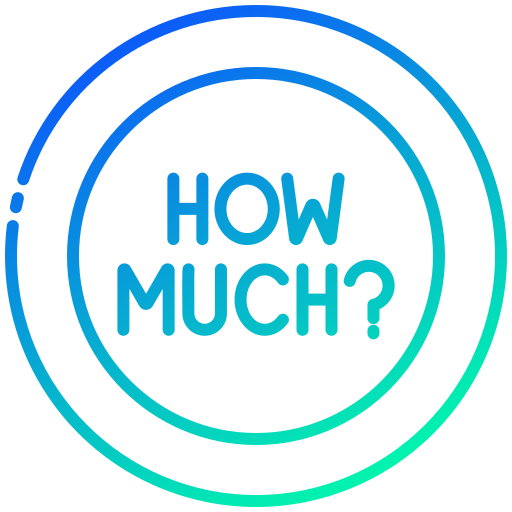How Much Is In A Stone?
Understanding the value or composition of a “stone” frequently goes beyond the literal, encompassing units of weight, financial worth, or even geological significance. This article dives into the various contexts in which a stone is referenced, its applications, and its worth in our daily lives. Whether you’re curious about its weight in different measurement systems or its value as a gemstone, this guide has got you covered.
Top Takeaways
- Stone Definition: A stone can refer to a unit of measure, a gemstone, or a geological entity.
- Weight of a Stone: In Western standards, a stone equals 14 pounds or roughly 6.35 kg.
- Value of Gemstones: The worth of a gemstone varies significantly based on type, quality, and market demand.
- Common Uses: Stones are used in weight measurements, jewelry, healing practices, and architecture.
Table of Contents
Understanding Stones in Measurements
In many cultures, the term ‘stone’ has a dual context. Predominantly, a stone refers to a unit of weight in the British Imperial system, equivalent to 14 pounds or 6.35 kilograms. This measurement is primarily used for weighing humans and livestock.
Historical Context
- The term “stone” for measurement has been used since at least the 14th century.
- It provided a convenient method of equitable trade and commerce in various European markets.
Conversion Metrics
- 1 Stone = 14 Pounds
- 1 Stone = 6.35 Kilograms
- Conversion to other units (e.g., ounces, grams) can be calculated easily using online tools. For more information on conversions, check out How Much Is In A Stone.
The Value of Gemstones
Gemstones, often referred to simply as ‘stones,’ carry value dependent on rarity, clarity, and demand. The term “stone” in a financial context often points to precious or semi-precious stones, such as diamonds, sapphires, and rubies.
Key Factors Influencing Gemstone Value
- Type: Diamonds generally hold higher values due to universal demand.
- Clarity: The clearer the gemstone, the higher its perceived value.
- Color and Cut: Vibrant colors and precise cuts increase a stone’s market price.
- Market Trends: Economic shifts can influence gemstone prices dramatically.
For a detailed guide on gemstone valuation, check out this comprehensive post from GIA.
Applications and Uses
Stones serve diverse purposes across different industries and cultures.
Common Utilizations
- Weight Measurement: Still prevalent in the UK for personal weight.
- Jewelry Making: Gemstones form the basis of many exquisite pieces.
- Construction and Architecture: Natural stones used for durability and aesthetics.
- Alternative Healing Practices: Many believe in the metaphysical properties of stones.
To discover more about unusual uses of stones, explore this insightful article on National Geographic.
FAQ
What is a stone in pounds?
A stone equals 14 pounds.
How is the value of a gemstone determined?
Factors influencing a gemstone’s value include type, clarity, color, cut, and market demand.
What historical uses do stones have?
Historically, stones have been used as units of weight and trade currency in markets.
Are all stones considered gemstones?
No, gemstones refer specifically to valuable, often rare stones used mainly in jewelry.
Can stones be used industrially?
Yes, natural and cut stones are widely used in construction and architecture.
Why do some people speak about stones’ “healing properties”?
Certain cultures and practices attribute metaphysical properties to specific stones for healing and wellness.
For more details on each of these aspects, feel free to explore How Much Is. And remember to navigate back to How Much Is In A Stone for updated insights.

Leave a Reply